Bismarck Towers
Otto Eduard Leopold von Bismarck-Schönhausen (1815-1898), also known as the "Iron Chancellor", wore a ring on his finger with the Russian word for "nothing" engraved on it. Bismarck, during his time as the Prussian king's envoy to Russia, got to know the land of bears and snowdrifts quite well, learned Russian, but, as they say, was never able to master the meaning of this word. But it is not Bismarck that will be discussed further, although he left his mark not only in politics and history, but also, unwittingly, in architecture.
Remembering his “Russians take a long time to harness, but they move quickly,” let’s finish with the preamble and move on to the essence.
So, Bismarck's architectural "footprint" is expressed in numerous towers and columns built in his honor by grateful compatriots practically everywhere where Germans were present in one form or another. Well, that is, literally, from Germany itself to Chile with Source.
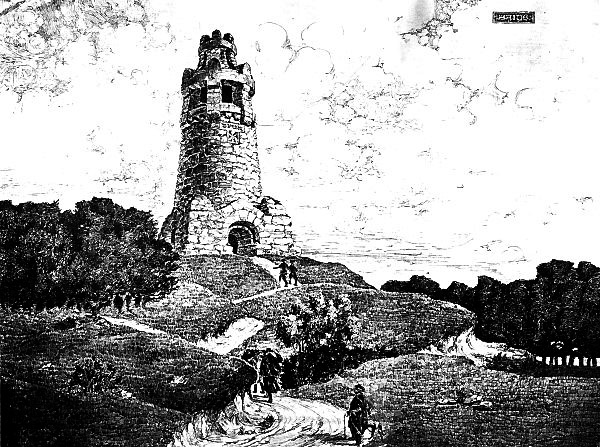
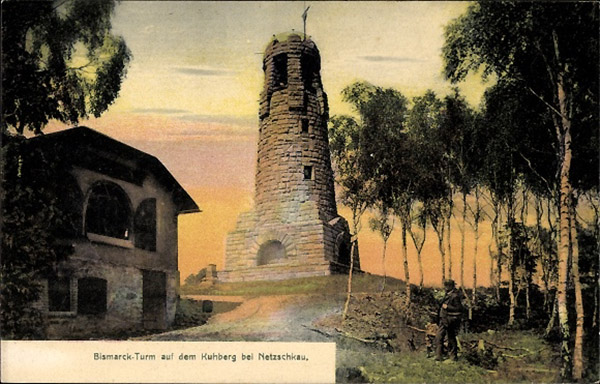
Most of the towers were built of stone and brick. Only a few towers were built using wood and, not surprisingly, none of them have survived.
The Alemannia League came up with the idea of lighting bonfires on the tops of all the towers on the birthday of the Iron Chancellor. As darkness fell, all of Germany from the banks of the Rhine to the forests of the Romint Forest, from the Alpine peaks to the coast of the North Sea was to be illuminated by the reddish flashes of the memorial fire. Despite the fact that such events were never held on an imperial scale, bonfires were lit on the tops of the towers several times a year: on Bismarck's birthday (April 1), on the summer solstice, on the day of the Prussian victory over the French at Sedan, and on other, often local, holidays. The fact that fires were sometimes lit on the towers gave rise to the myth that they were supposed to be used, if necessary, as signal towers. There is no basis for this statement, since in the age of the telephone and telegraph, using primitive methods of transmitting information is a rather pointless undertaking, and the idea of making a fire came from rather peaceful German students. Although, in fairness, it should be noted that during both World Wars, some towers were used for military purposes as observation posts. For several years after the end of World War II, the tower in Swiebodzin, Poland (formerly Shwiebus) was used as an observation post by a military aviation unit.
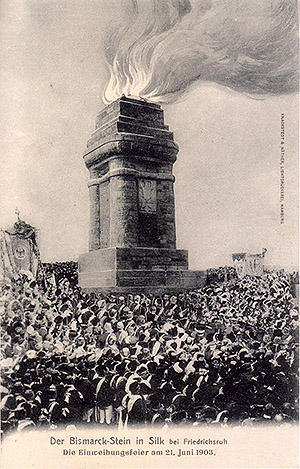
Fire bowls were made of various materials: cast iron, sheet and wrought iron, copper, concrete. Various flammable substances also served as fuel for fires: wood, wood resin, oil, vegetable oil, gasoline, kerosene, alcohol, tow, peat, waste from wool and linen production, and even Bengal fire. As a rule, wood doused with kerosene or gasoline was used to make fire. The height of the flame varied from 25 cm to 5 m. The amount of flammable material was determined empirically. Some towers were equipped with special systems in which gas was used as fuel (something like an "eternal flame").
All towers built before 1900, all wooden towers, as well as some stone towers built in the 20th century, did not have a fire pit.
The towers were built with private donations, in most cases the funds for construction were collected by the entire community. Competitions were held to develop projects, the best and most beautiful places were chosen for the construction of the towers, mainly on hills from which it was possible to survey the nearby lands and settlements, and so that the towers themselves were visible from afar.
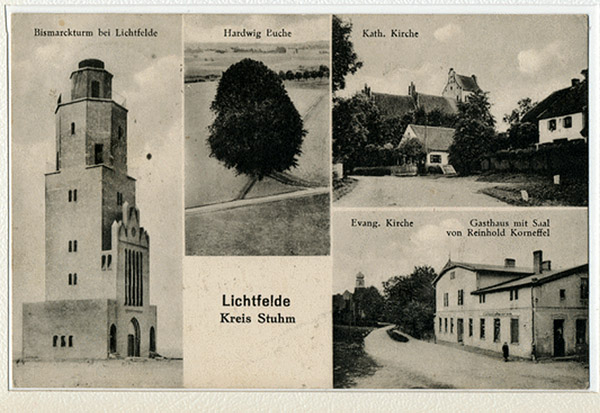
Most of the towers were equipped with observation platforms or terraces. But there were also some (built, among others, according to the "Death of the Gods" project) that, due to insufficient funds collected, were deprived of stairs, and, accordingly, observation platforms. Some towers (for example, in Zarau/Zhary) were never completed due to lack of funds.
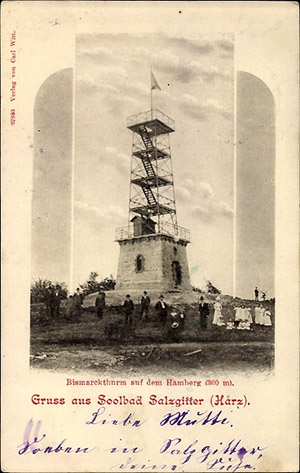
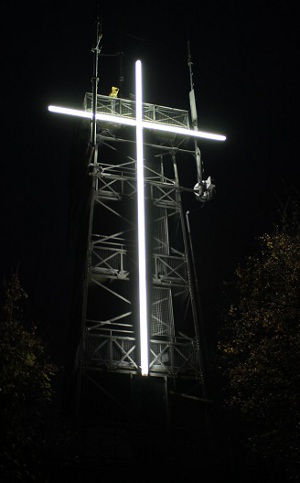
After the end of the First World War, the cult of Bismarck in the Weimar Republic faded somewhat (perhaps to some extent this was facilitated by the glory of Field Marshal Bismarck Tower in East Prussia.
Bismarck Towers in East Prussia
As already mentioned, our Polish neighbors in the Warmian-Masurian Voivodeship have four Bismarck towers from the past. Two of them are in private hands, restored and are in more or less good condition. The situation with the two remaining ones is not much different from that of the "Twilight of the Gods". The massive square tower stood on a site measuring 10 by 12 m. Unprocessed stone was used for the construction. But the outbreak of war prevented the completion of construction.
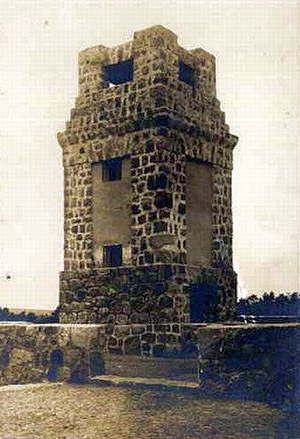
According to other sources, in 1915, after the liberation of East Prussia from Russian troops, a memorial to fallen soldiers was built on this site according to the design of the architect Philipp Kahn (according to other sources, Kama). The locals called the memorial the Bismarck Tower because of its external resemblance to the already mentioned Kreis project. (Indirectly in favor of the second version is the fact that on the issued postcard the complex on Fox Mountain is called not the Bismarck Tower, but the "memorial obelisk" - Gedenkstein).
